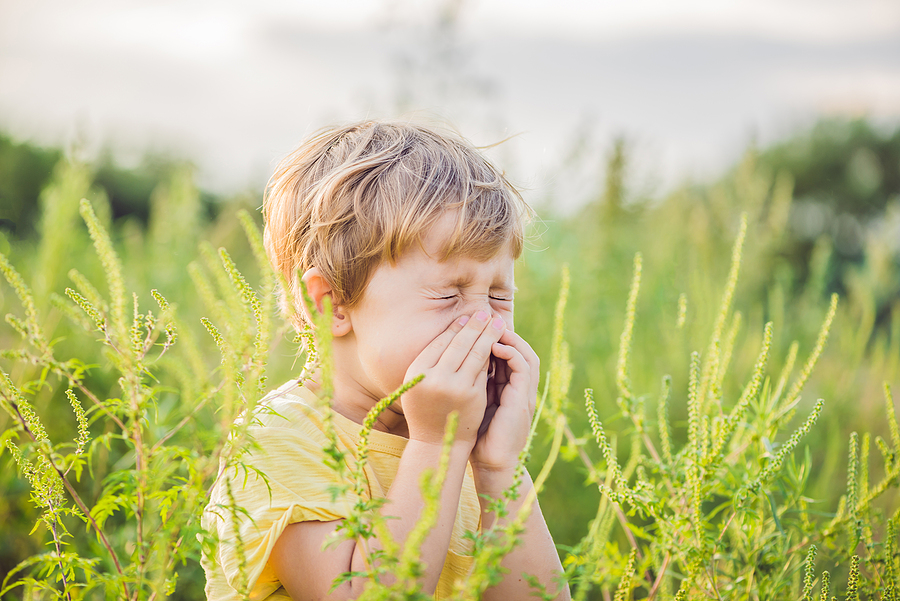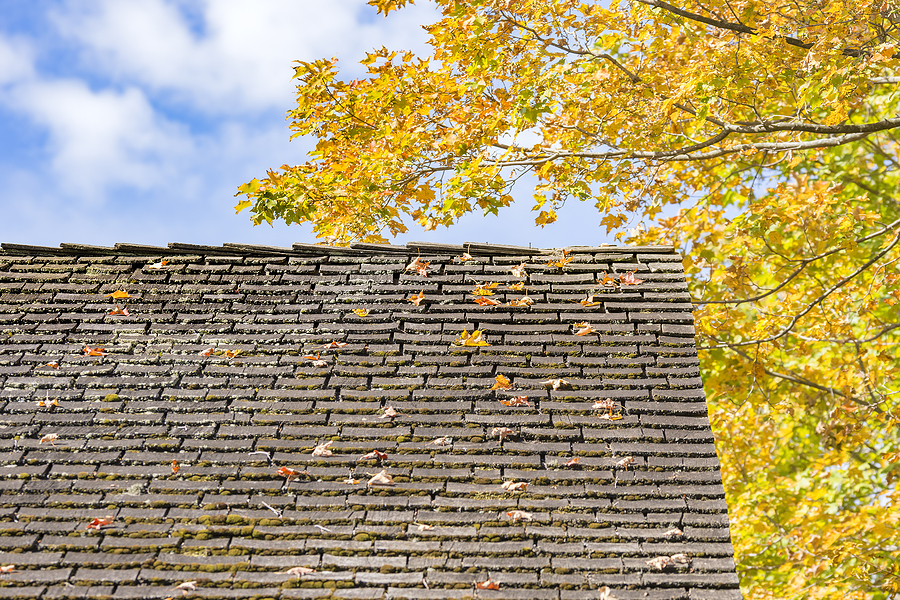Plant Selection for Allergy-Safe Gardens: Leveraging OPALS 2025 Guidance
Posted By:SSG Admin Posted On:21-Jul-2025
The colors and beauty of a fragrant lower garden create a calming, tranquil area for relaxation. A thriving vegetable and herb garden fills your refrigerator with fresh produce. Excess vegetables can be canned or frozen to last the winter.
Gardening is a popular hobby, but it can make life miserable if you suffer from allergies. Over 100 million people suffer from seasonal allergies in the U.S., and some neighborhoods are more prone to allergies than others.
The Asthma and Allergy Foundation of America ranks the most challenging places to live when you have allergies. California isn’t in the top 20, but Bakersfield, Sacramento, and Stockton are in the top 25. Fresno ranks #28.
The Ogren Plant Allergy Scale (OPALS) provides guidance to help individuals select plants that are less likely to trigger skin or respiratory allergies. An allergy-safe garden is possible following OPALS updated guidance for 2025.
An Allergy-Free Garden Starts With Avoiding High-Pollen Plants
What makes one plant more of an allergy risk than another? It comes down to the plant’s pollen. Some pollens are bigger offenders than others. This comes down to how pollen spreads.
Insect-pollinated: Bees and other insects collect pollen on their legs or bodies and transfer it from one flower to the next. The pollen on insect-pollinated plants and trees is heavier, spiny, and sticky. Examples of insect-pollinated plants include apples, melons, poppies, roses, and squash.
Wind-pollinated: Pollen is lighter and goes airborne easily. When there’s a breeze, it loosens and moves the pollen from one flower to the next. Examples of wind-pollinated plants and trees include birch, corn, oak, pine, and ragweed.
Pollen isn’t the only factor in gardens. Damp soil may grow mold, especially if there is compost or mulch. Strong fragrances from flowers like magnolias can irritate your respiratory system when you breathe in the scent.
Saps are irritating and cause contact dermatitis in some people. Plants like poison ivy and stinging nettles are problems. Some people also have skin allergies to flowers like chrysanthemums and marigolds.
Introducing the Updated OPALS System: Guidance for an Allergy-Safe Garden
The Ogren Plant Allergy Scale (OPALS) is a groundbreaking system shared in a 2000 book, “Allergy-Free Gardening” by Thomas Leo Ogren. OPALS assigns a numerical rating from 1 to 10 to thousands of plants based on the chances of the plant causing an allergic reaction.
- 1 to 3 – Low potential
- 4 to 6 – Moderate potential
- 7 to 8 – High potential
- 9 to 10 – Extremely high potential
To get these scores, the OPALS system weighs more than 120 individual factors, including:
- The amount of pollen a plant releases.
- How long has the plant been in bloom?
- How potent the allergen/pollen is.
- How strongly scented the flowers are.
- The sex of the plant (male flowers produce more pollen than female flowers).
- The shape, size, and density of pollen grains.
- Whether the pollen is spread by insects or wind.
- Whether there is sap in addition to flowers.
Using these guidelines helps you decide on the best plants for your garden by choosing plants that rank low on the OPALS scale.
How to Use OPALS 2025 Guidance
For an allergy-safe garden, you want to follow these guidelines.
- Aim for plants and trees that have an OPALS score of 1 to 3.
- Avoid plants that are wind-pollinated.
- Avoid plants with long bloom times.
- Choose plants that are pollinated by insects rather than wind.
- Keep your yard mowed to keep weeds and grasses from seeding.
- Look at double-flowered plants, as they have lower pollen counts.
- Look for female plants as males are more likely to spread pollen.
- Remember that a weed might look pretty or provide great groundcover, but the OPALS score needs to be your top priority.
- Remove weeds ASAP to minimize exposure to allergens.
Also, Consider Garden Design and Placement
Your plant selection is only part of the allergy-free garden design. You also need to consider:
- Choose alternatives to wood mulch, which can increase mold growth, and use crushed stone instead.
- Keep low-allergen shrubs, hedges, or tall, thick plants to block airborne allergens from your garden area.
- Keep plants with higher OPALS scores away from windows and doors.
- Minimize the amount of grass in your yard by replacing it with garden beds, extended patio and walkway areas, or groundcover that’s low on the OPALS scale, such as creeping thyme.
- Remove weeds before they’re large enough to go to seed.
- Water gardens in the morning so that the excess water dries during the day. Avoid having water sitting overnight.
Other Tips for Avoiding Allergens
The OPALS 2025 guidelines and allergen scores help you choose plants wisely, but there are other things you can do.
Before you go outside to work in your gardens, check the pollen counts. When pollen counts are high, stay inside. Pollen counts are often lowest after it rains or on calm, non-windy days.
Wear a mask if you have severe allergies. An N95 mask helps keep pollen from getting into your nose or throat. Wear long sleeves and pants to minimize skin exposure to allergens. When you go inside, shower, and put your gardening clothes in the wash.
When pollen counts are high, keep windows closed that day. Run an air purifier to remove any allergens from your indoor air.
Work With an Allergist for Lasting Relief
An allergy-free garden helps you stay healthy and improves your quality of life. When you know how to choose low-allergen flowers, trees, and shrubs, you can garden without fear of severe respiratory or skin allergies.
You should also work with an allergist to learn ways to ease allergy symptoms for the long term. You can control the pollen producers in your gardens, but you can’t control what nature does or what your neighbors plant in their gardens.
Premium Allergy & Respiratory Center specializes in allergen immunotherapy. Using allergy shots or sublingual treatments (SLIT), you’re slowly exposed to the allergen over time under medical supervision.
With allergy shots or SLIT treatments, your immune system slowly adapts to an allergen and develops a healthy response to it. Your body no longer overreacts to exposure to pollen, which eases the nasal congestion, sneezing, itching, watery eyes, and other problematic symptoms.
There are three possible options:
- Intralymphatic immunotherapy: Three injections into a lymph node that are spaced a month apart.
- Subcutaneous (SCIT): Weekly injections just under the skin that are given each week for a period of three to five years.
- Sublingual (SLIT): Drops or tablets that you place under your tongue from the comfort of your home or office. This treatment also lasts three to five years.
When you work with an allergy doctor, you’ll discuss your experiences with allergies, health history, and family medical history. You’ll develop a course of action that allows you to breathe easily and enjoy your gardens without suffering. Whether that entails prescription allergy medications or immunotherapy, it’s our goal to help you enjoy your time outside.





